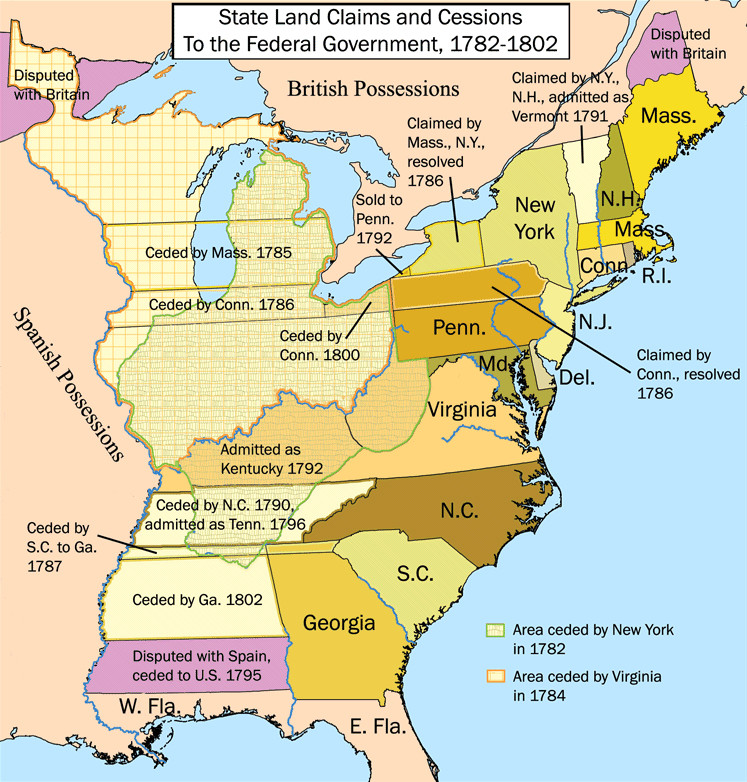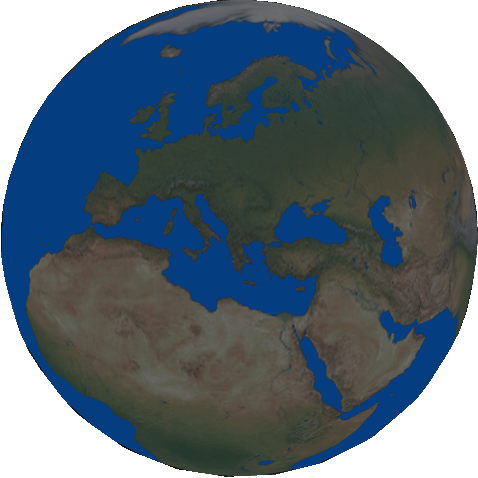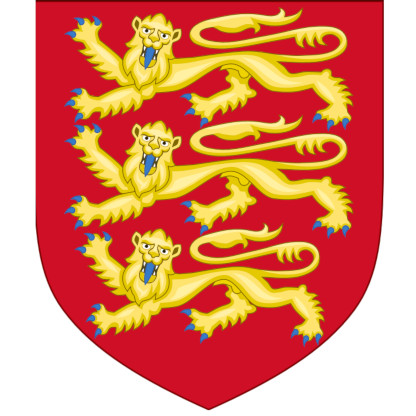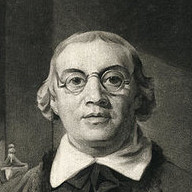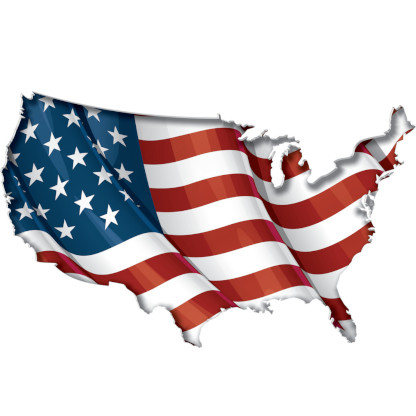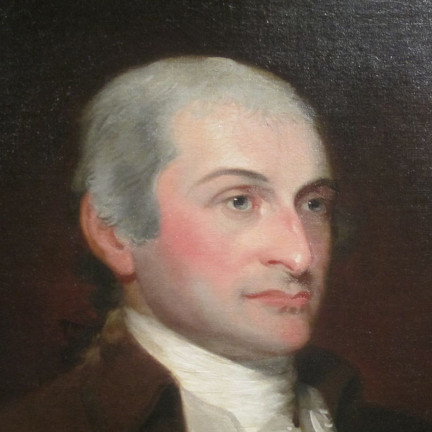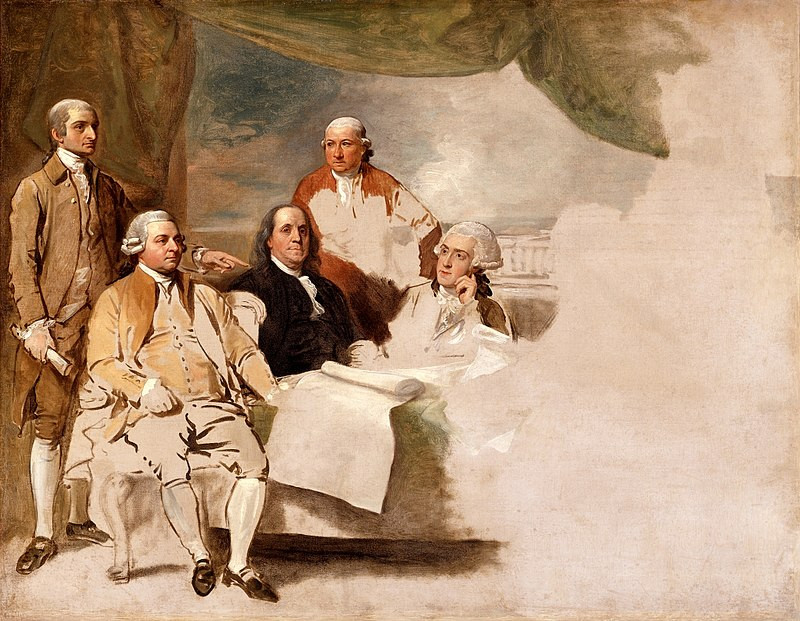Treaty of Paris (1783) — USA to be free, sovereign, and independent states
09/03/1783 AD treaty with
Signed by representatives of King George III of Great Britain and representatives of the USAto officially end the American Revolutionary War.
The treaty set the boundaries between the British Empire in North America and the United States of America, on lines "exceedingly generous" to the latter. Details included fishing rights and restoration of property and prisoners of war.
This treaty and the separate peace treaties between Great Britain and the nations that supported the American cause—France, Spain, and the Dutch Republic—are known collectively as the Peace of Paris.
Only Article 1 of the treaty, which acknowledges the United States' existence as free, sovereign, and independent states, remains in force
Historians have often commented that the treaty was very generous to the United States in terms of greatly enlarged boundaries. Historians such as Alvord, Harlow, and Ritcheson have emphasized that British generosity was based on a statesmanlike vision of close economic ties between Britain and the United States. The concession of the vast trans-Appalachian region was designed to facilitate the growth of the American population and create lucrative markets for British merchants, without any military or administrative costs to Britain
The point was the United States would become a major trading partner.
Subjects Who or What treaty with?
-
England Nation
-
David Hartley (the Younger) Sstatesman, a scientific...
Objects To Whom or What was treaty with?
-
Benjamin Franklin Famed author of Poor Ric...
-
John Adams 2nd President of the Uni...
-
John Jay American statesman, patr...
-
Henry Laurens 5th President of the Con...
Attachments
Treaty of Paris Depicts the United States delegation at the Treaty of Paris (left to right): John Jay, John Adams, Benjamin Franklin, Henry Laurens, and William Temple Franklin. The British delegation refused to pose, and the painting was never completed
Events in 1783 MORE









